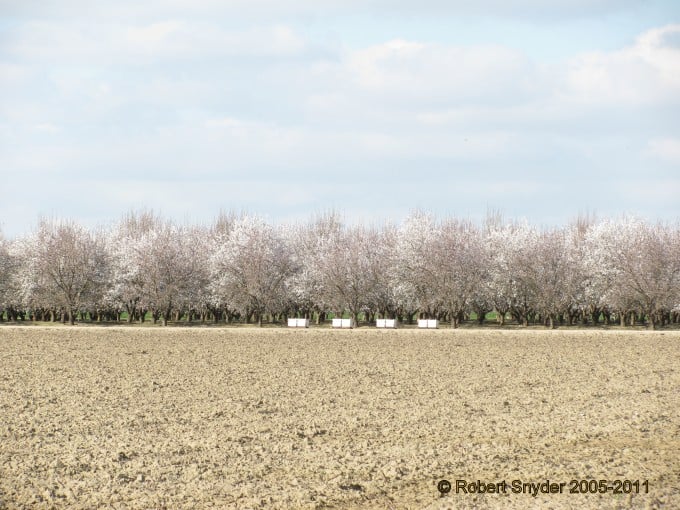
Sampling large numbers of beekeepers takes considerable behind-the-scenes planning and work and this aspect of the project usually goes unseen and is underappreciated. I want to shed some light on what we all do to prepare for a hectic and fast-paced sampling season. Our spring sampling kits arrived from the east coast in several boxes. Team member Karen Roccasecca in Pennsylvania put the kits together consisting of a labeled alcohol bottle and virus sample bottle in individual bags. The individual bags contain both bottles and were grouped in 12 then placed into larger bags and eventually boxed. She then shipped them to our team at the Butte County Cooperative Extension in Oroville, CA.
Once these kits arrive, we get them ready so that we can just grab a complete boxed kit and go. So from here, we unboxed all of the bagged sample bottle kits and organized them in the hallway from the lowest sample ID number to the highest sample ID number. These are numbers used as unique identifiers for each individual sample. The sample number is then correlated with a tag placed onto the hives starting with the number 1000 and is unique to each beekeeper. We then separated the bags into groups of 50 for each Beekeeper involved in the program. Next, we took the sample bottles and placed them into individual boxes and we placed a National Honey Bee Survey kit into each box (for more information visit Liz’s blog on “National Survey for Honey Bee Pests and Diseases in California”). The next things added to the boxes were sample tags, data sheets, treatment data sheets, and packing slips for virus/alcohol sample shipping. Before we placed the tags into the boxes, we had to gather all the unused tags from the previous sampling period. I have included an image to show examples of the tags.


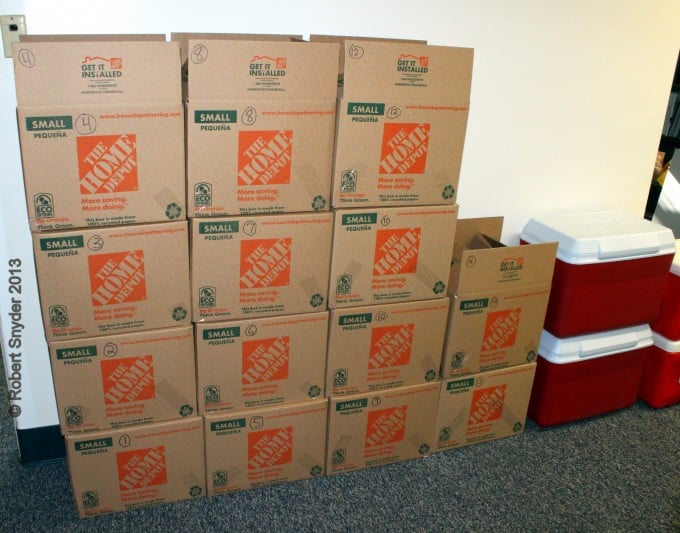
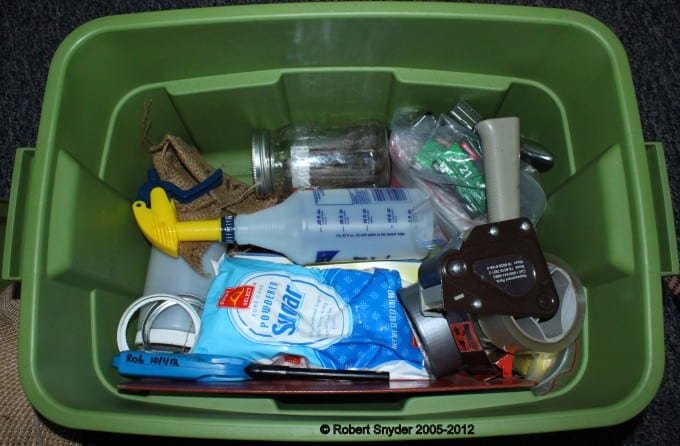
Also at the same time, we begin preparing our Rubbermaid bins with all the tools and items needed in the field to collect samples. An important part of this sampling period besides collecting alcohol samples and virus samples is the Hygienic test we conduct. The Hygienic test is used to measure hygienic behavior, a mechanism of disease resistance that demonstrates sensitivity to odors of brood diseases. Hygienic testing involves using liquid nitrogen to freeze-kill 160 worker pupae and then returning in 24 hours to assess the colonies ability to uncap and remove dead brood from cells. I have included some images from hygienic testing and for more information visit Mike’s blog on “Testing for Hygienic Behavior”.
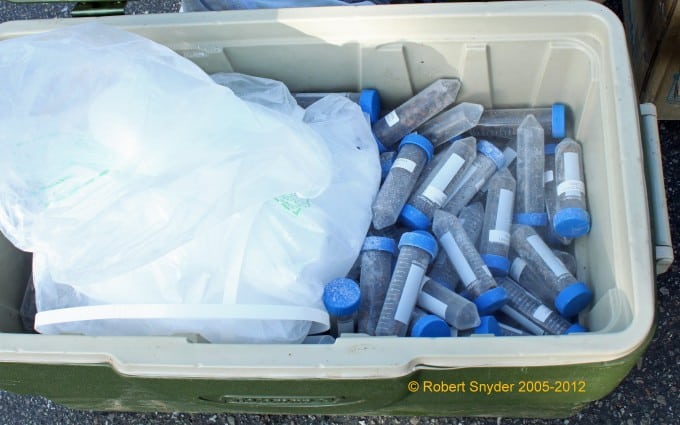
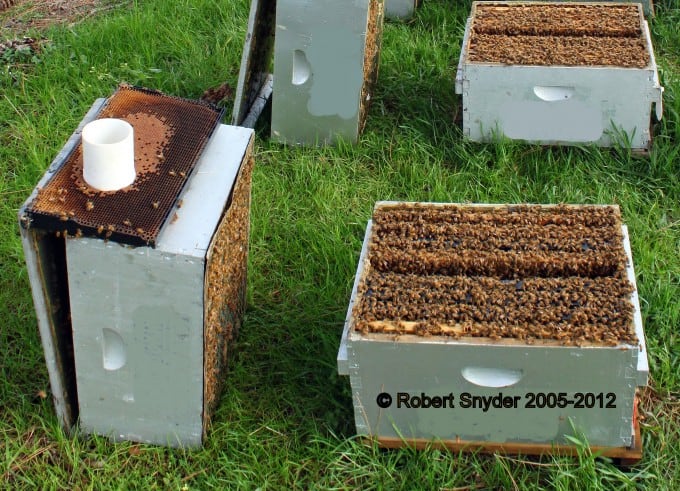
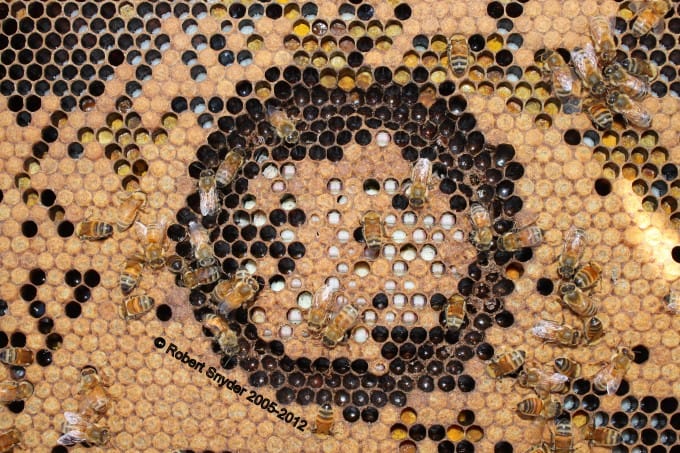
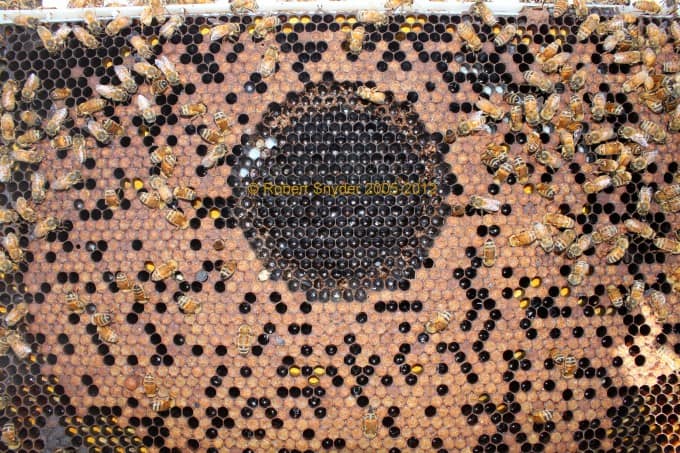
We are about halfway through our breeder pool sampling for this year. Inclement weather has slowed down this year’s progress for both researchers and beekeepers. Things should start to pick up for us in the next few weeks.
